| Monday | Monday Night | Tuesday | |
|---|---|---|---|
| Weather: | Mostly cloudy then becoming partly cloudy. Snow levels below 7000 feet. Chance of precipitation is 5%. | Partly cloudy then becoming clear. Snow levels below 7000 feet. Chance of precipitation is 0%. | Sunny then becoming partly cloudy. Snow levels below 7000 feet. Chance of precipitation is 5%. |
| Temperatures: | 26 to 31. deg. F. | 14 to 20. deg. F. | 37 to 42. deg. F. |
| Mid Slope Winds: | West up to 10 mph in the morning becoming northeast. Gusts to 20 mph in the morning. | East up to 10 mph. | Light becoming west up to 10 mph in the afternoon. |
| Expected snowfall: | No accumulation. | SWE = none. | No accumulation. | SWE = none. | No accumulation. | SWE = none. |
| Monday | Monday Night | Tuesday | |
|---|---|---|---|
| Weather: | Mostly cloudy then becoming partly cloudy. Snow levels below 7000 feet. Chance of precipitation is 5%. | Partly cloudy then becoming clear. Snow levels below 7000 feet. Chance of precipitation is 0%. | Sunny then becoming partly cloudy. Snow levels below 7000 feet. Chance of precipitation is 5%. |
| Temperatures: | 22 to 28. deg. F. | 14 to 19. deg. F. | 33 to 39. deg. F. |
| Ridge Top Winds: | West 10 to 20 mph in the morning becoming northeast. | East 10 to 20 mph with gusts to 35 mph. | Southeast 10 to 15 mph becoming southwest with gusts to 25 mph in the afternoon. |
| Expected snowfall: | No accumulation. | SWE = none. | No accumulation. | SWE = none. | No accumulation. | SWE = none. |






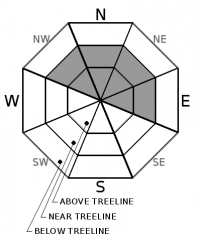


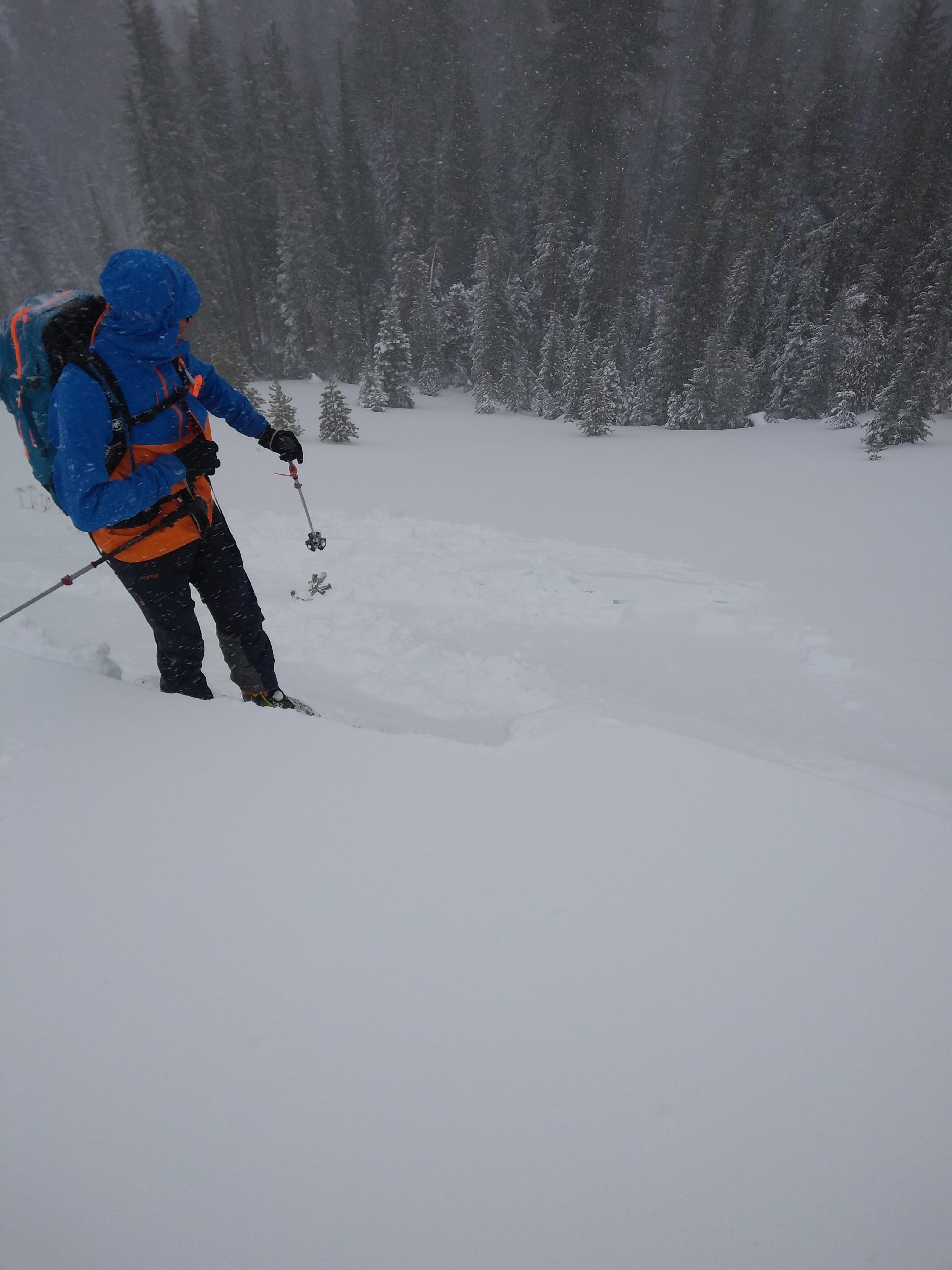 Small
Small 
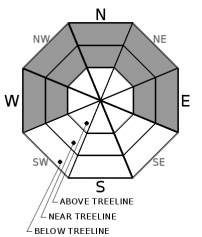
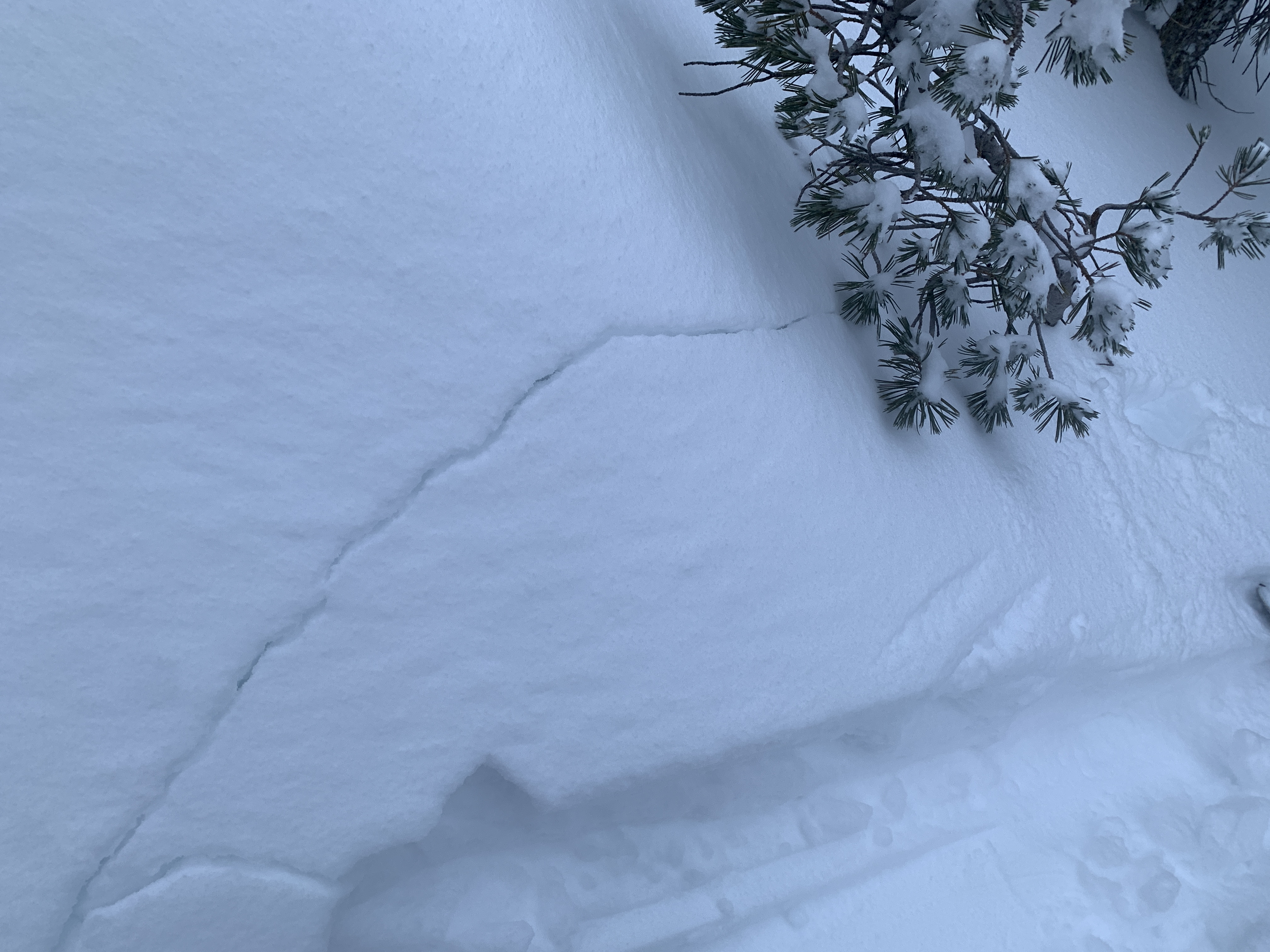 Shooting crack failing on old
Shooting crack failing on old 







